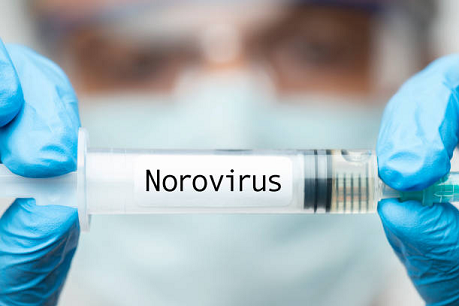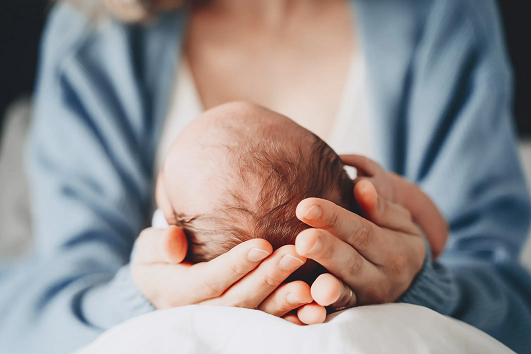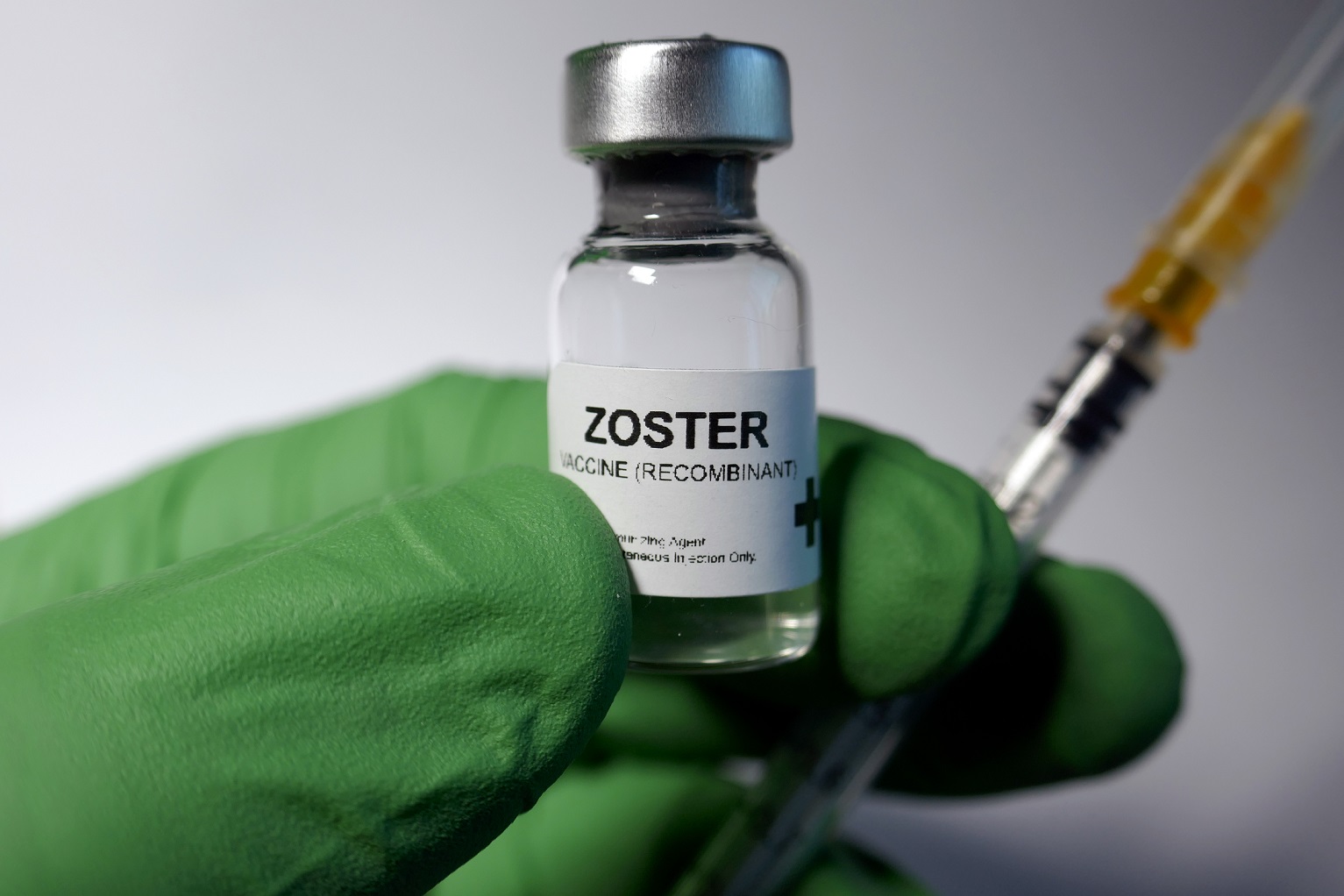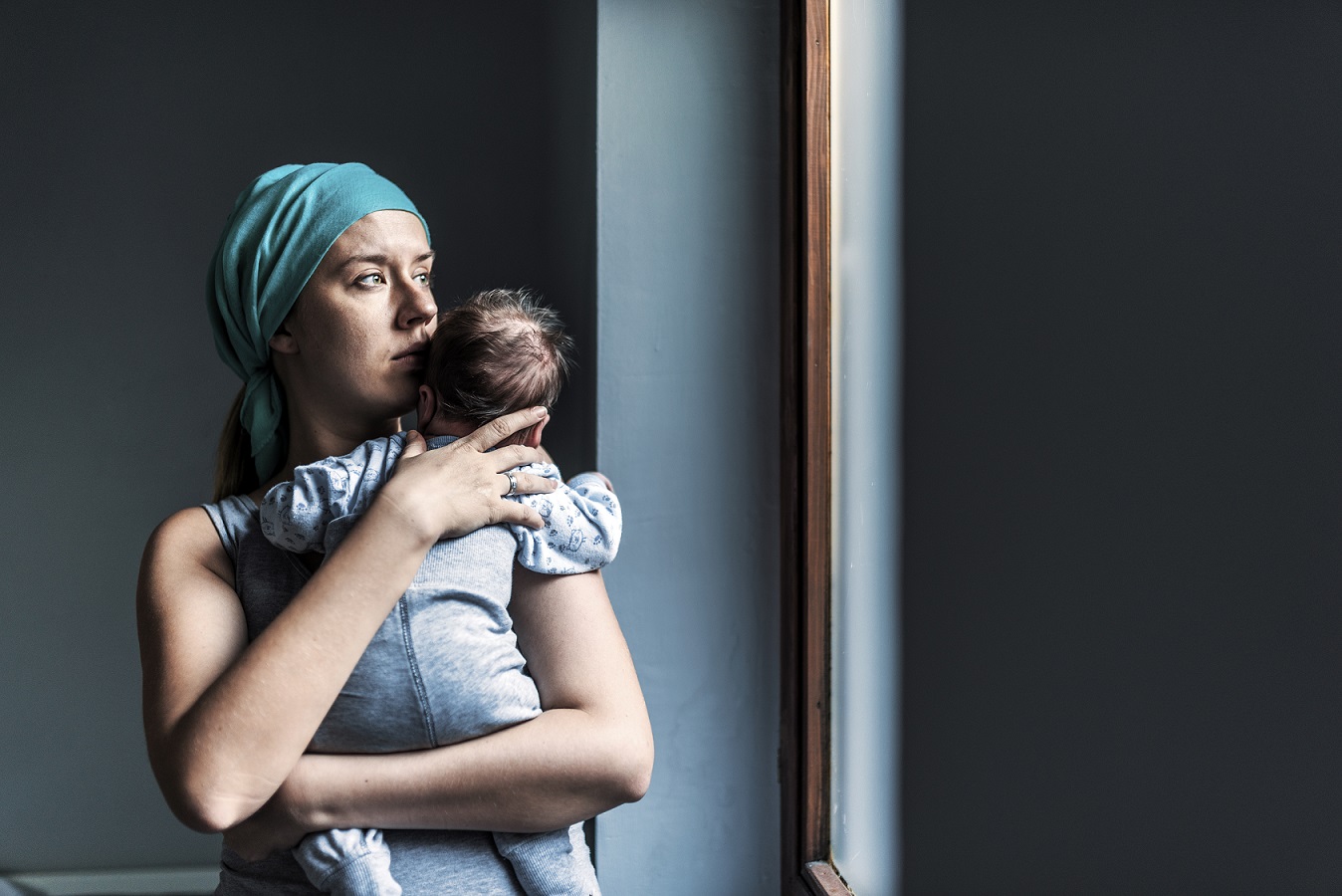A first-ever norovirus “vaccine”—another experimental biological product produced by Moderna, Inc., using novel mRNA technology—may be on the horizon even though last month the U.S. Food and Drug Administration (FDA) paused Moderna’s late-stage clinical trial following a report of Guillain-Barré syndrome (GBS), a rare neurological side effect that has also surfaced in its RSV vaccine trials using mRNA technology. The GBS case was reported shortly after the trial participant received the norovirus shot, though Moderna said it was “difficult” to determine causality from the experimental mRNA biological.1
Moderna recently enrolled 25,000 global participants in a phase 3 trial after earlier studies showed “encouraging” results from the norovirus mRNA vaccine candidate. Lab tests indicated that individuals injected with the norovirus biological produced antibodies that effectively blocked the norovirus protein in gut cells, while placebo recipients did not generate the same antibody activity.2
Moderna president Stephen Hoge, MD said “GBS does happen” in response to a trial participant developing GBS after receiving the norovirus shot. During a conference call with investors. He added:
It’s usually seen in older adults—about one to two per 100,000 people per year—and given we’ve enrolled a little over 250,000 patients in studies over the last couple of years, it wouldn’t be surprising to see cases in our clinical trials.3
Moderna announced that enrollment for the mRNA norovirus shot clinical trial has been completed in the Northern Hemisphere and said it does not anticipate any delays in enrolling participants in trials in the Southern Hemisphere. “The company does not expect an impact on the study’s efficacy readout timeline as enrollment in the Northern Hemisphere has already been completed,” Moderna stated. “The timing of the phase 3 readout will be dependent on case accruals.”2 3
Moderna mRNA Norovirus Shot Candidate Aims to Protect Against Three Out of 50 Norovirus Strains
The norovirus has more than 50 strains and Moderna’s norovirus biological contains mRNA encoded for virus-like particles designed to protect against three norovirus genotypes. The many versions of the virus mean that “each genotype requires a different immune response to provide protection,” says Doran Fink, MD, PhD, therapeutic head of gastrointestinal pathogens and bacterial vaccines at Moderna. Fink points out that, similar to the annual flu shot that requires a change in strains every year, strain selection for the norovirus shot would be have to be an educated guess as to which strains are likely to circulate in any given year.1
“It would be great if there were some conserved regions of the norovirus protein that could be targeted, but that’s not the case,” said Dr. Fink. Instead, the mRNA COVID shot manufacturer maintains that taking a multivalent approach, which is similar to the approach it is taking with its experimental multivalent mRNA flu shot, is likely to provide reasonable protection against severe norovirus disease.1
CDC Reports Historic Surge in Norovirus Cases; Experts Stress Handwashing Over Sanitizers
Norovirus, also known as the “winter vomiting disease,” “cruise ship virus,” and the viral stomach flu, has skyrocketed by 340 percent this year, according to data from the U.S. Centers for Disease Control and Prevention (CDC). There were 91 suspected or confirmed norovirus outbreaks reported in the United States in the first week of December 2024, which is more outbreaks during the same week in any year since 2012. The illness typically causes intestinal symptoms such as vomiting, diarrhea, and dehydration that can last several days. As for the cause for a spike in cases and outbreaks, researchers point to a dominant new strain in the U.S. called GII.17 that could be to blame.4 5
While the symptoms are undoubtedly unpleasant, most people sickened by norovirus do not require medical care or hospitalization. Preventing the spread of norovirus—like other communicable illnesses—relies on frequent handwashing, proper food handling, and staying home when symptomatic. Experts emphasize that hand sanitizer alone isn’t effective. “Norovirus has a capsule around the virus that protects it against most routine disinfectants, such as alcohol-based, hand-sanitizing gels,” says Scott Roberts, MD, who is an assistant professor at Yale School of Medicine specializing in infection prevention and advises that “vigorous” washing with plain soap and water for at least 20 seconds creates friction more effectively removes viral particles.5
Norovirus Vaccine Candidate Not Expected to Prevent Infection
Fink said Moderna expects to finish enrolling volunteers in clinical trials this spring and plans to follow them for at least six months, but it could take longer to get a full picture of how well the norvovirus mRNA biological works in the real world since researchers say they need a certain number of people to actually be infected with the norovirus in order to evaluate product’s effectiveness. As with the emergence of serious COVID-19 mRNA shot reactions after the FDA approved the first mRNA biological for emergency use in December 2020, and after the emergence of previously unrecognized side effects from GLP-1 weight loss drugs like Ozempic and Wegovy —despite their FDA approval and and initial promise—serious issues with new drugs and biologicals often don’t come to light until they are widely distributed and used by the general population.6
Similar to the COVID-19 mRNA biological product, the mRNA norovirus biological candidate isn’t expected to prevent infection, but Moderna claims it could protect those who are “immunized”—especially young children and the elderly—from having severe symptoms and being hospitalized due to the illness.1
Moderna has been counting on revenue from the new mRNA “vaccines” it is developing to make up for the sharp decline in demand for its COVID mRNA product, as well as underwhelming sales of its mRNA RSV vaccine—factors that contributed to the company’s shares dropping nearly 60 percent last year.2
It is unclear when the FDA will allow the trial to resume. “The FDA needs time to review the materials we submitted, and they may come back with questions,” a Moderna executive said.2
If you would like to receive an e-mail notice of the most recent articles published in The Vaccine Reaction each week, click here.
Click here to view References:1 Park A. A Norovirus Vaccine May Be Coming. Time Jan, 10, 2025.
2 Wingrove P et al. Moderna norovirus vaccine trial on hold by US FDA over neurological side effect. Reuters Feb. 14, 2025.
3 Waldron J. Moderna’s norovirus vaccine trial placed on FDA hold over reported case of Guillain-Barré syndrome. Fierce BioTech Feb. 14, 2025.
4 Leake L. Norovirus rates have skyrocketed by 340% this season. Here’s where the ‘winter vomiting disease’ is spreading and why. Yahoo News Jan 13, 2025.
5 Katella K. Norovirus (Stomach Flu) Cases Are Surging: 3 Things to Know. Yale Medicine Jan. 21, 2025.
6 Baker A. More Serious Side Effects from Ozempic and Wegovy Weight Loss Drugs. The Vaccine Reaction Oct. 24, 2024.













4 Responses
So they’re shooting for a 3 out of 50 success rate? It looks as though the vaccine is for more culling of the surplus population, and that’s about it. I’ll bet the culling rate will be significantly higher than the skimpy 6% success rate they hope to achieve. No vaccines, and no masks. Just live.
yes anyone that falls for this BS… well you know the consequences or will! ignorance is not bliss!
With each transfection (mRNA) and each standard vaccine immune systems continue shifting away from Th1 innate aka cell mediated immunity and towards Th2 humoral. Hence increased risk for cancer and all types of infections. I’m very grateful to Dr Suzanne Humphries as it was one of her presentations where I learned the history and some details of this ongoing problem.
a pharmacy product that could be 6% effective in preventing a desize that does not require medical care.